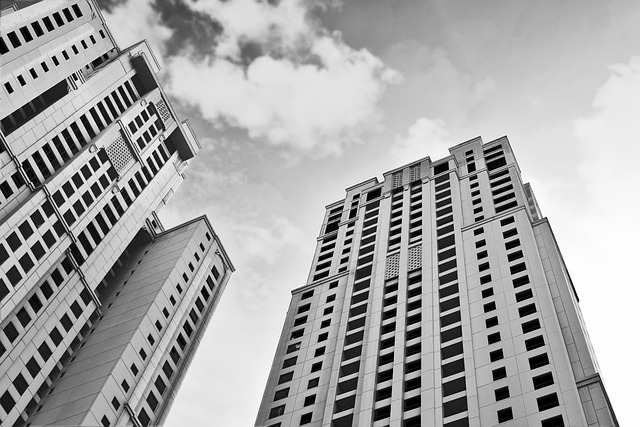In the continually evolving realm of work environments, the fusion of functionality and aesthetic allure has risen to prominence. Shared workspaces have garnered significant popularity, providing flexibility, collaboration, and cost-effectiveness, particularly among concrete contractors in Seattle WA. However, the ambiance of these spaces holds pivotal importance in fostering productivity and creativity. In this regard, the integration of concrete artistry stands out as a compelling trend, revolutionizing shared workspaces and shaping the future of work for contractors in Seattle, WA.

The Rise of Shared Workspaces
Shared workspaces have transformed the traditional office paradigm. These dynamic environments cater to freelancers, startups, and even established companies seeking agility and networking opportunities. With the rise of remote work and the gig economy, shared workspaces offer an attractive alternative to conventional office setups. However, creating an inspiring atmosphere within these spaces is essential to support innovation and collaboration.
Concrete’s Versatility: Beyond Functionality
Concrete, once perceived solely for its utilitarian purposes, has undergone a renaissance in contemporary design. Its versatility allows for an array of artistic expressions, making it a favored medium for architects and designers. Beyond its structural integrity, concrete offers a canvas for creativity, blending seamlessly with various styles and motifs. This versatility makes it an ideal choice for enhancing shared workspaces.
Examples of Concrete Artistry in Shared Workspaces
- Sculptural Installations: Shared workspaces often feature sculptural elements crafted from concrete. These installations serve as focal points, infusing the space with character and intrigue. From abstract forms to intricate patterns, concrete sculptures stimulate creativity and spark conversations among coworkers.
- Custom Furniture and Fixtures: Concrete’s malleability enables the creation of bespoke furniture and fixtures tailored to the needs of shared workspaces. Concrete desks, countertops, and shelving units not only exhibit durability but also exude a contemporary aesthetic. By integrating concrete elements seamlessly into the workspace, designers enhance functionality without compromising on style.
- Artistic Wall Treatments: Walls adorned with concrete finishes elevate the ambiance of shared workspaces. Whether through polished surfaces or textured coatings, concrete lends a sense of sophistication to the environment. Designers leverage concrete’s adaptability to experiment with colors, patterns, and forms, transforming mundane walls into captivating canvases.
- Interactive Design Features: Concrete can be incorporated into shared workspaces in innovative ways to encourage interaction and collaboration. Interactive installations, such as writable concrete walls or magnetic concrete panels, invite individuals to express ideas freely and engage in spontaneous brainstorming sessions. These features foster a sense of community and promote collective creativity.
- Sustainable Design Practices: In alignment with the growing emphasis on sustainability, concrete offers eco-friendly solutions for shared workspaces. Incorporating recycled materials into concrete mixtures reduces environmental impact while adding visual interest through unique textures and aggregates. Additionally, concrete’s thermal mass properties contribute to energy efficiency, creating a more comfortable and sustainable work environment.
Fostering Creativity and Collaboration

The integration of concrete artistry into shared workspaces goes beyond mere embellishment; it cultivates an environment conducive to innovation and collaboration. By engaging the senses and stimulating imagination, concrete elements spark creativity among coworkers, fostering a culture of experimentation and exploration. Moreover, the aesthetic appeal of concrete enhances employee satisfaction and well-being, contributing to overall productivity and retention rates.
Challenges and Considerations
While concrete artistry offers myriad benefits for shared workspaces, several challenges warrant consideration. Maintenance requirements, such as sealing and cleaning, are essential to preserve the integrity of concrete surfaces over time. Moreover, acoustic considerations must be addressed to mitigate the sound transmission inherent in concrete structures. Strategic placement of acoustic panels and furnishings can help create a more acoustically balanced environment conducive to focused work.
Conclusion: Redefining Shared Workspaces
In conclusion, the future of work is intricately linked to the design and ambiance of shared workspaces. Concrete artistry emerges as a transformative force, redefining these environments with its versatility and aesthetic appeal. By integrating sculptural installations, custom furnishings, artistic wall treatments, and interactive design features, shared workspaces become hubs of creativity and collaboration. As we embrace the potential of concrete as a medium for artistic expression, we pave the way for a future where workspaces inspire, innovate, and elevate the human experience.